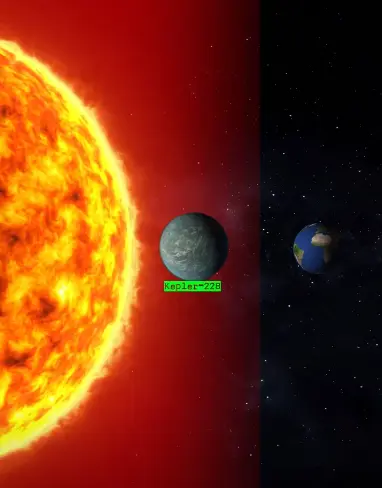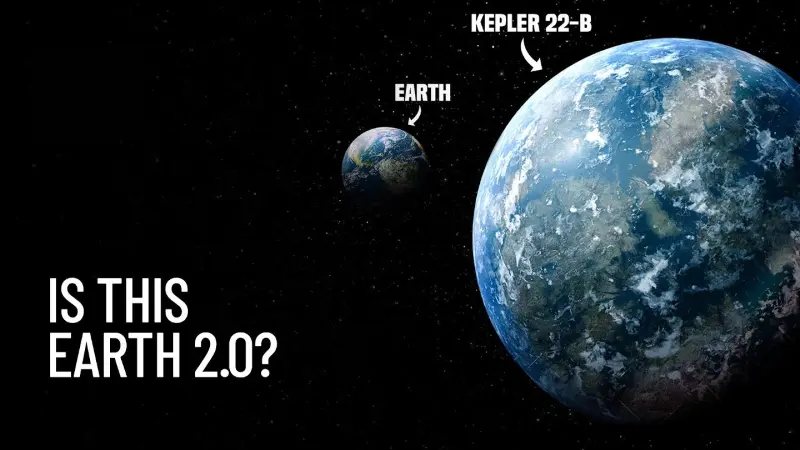How amazing is this world of ours! There are many secrets hidden in it that we humans have not been able to reach till date. Although our talented scientists are always trying to discover something new, one of their successful efforts was the discovery of Kepler 22b. This discovery raises many questions such as whether one can humans live on Kepler 22b, whether life already exists there, whether water and air exist there, and many more exciting questions whose answers you will get till the end of this article.
Also read: The world’s longest walk? – The journey of 22,387 kilometres
What is Kepler 22b?
Kepler 22b is an exoplanet1 orbiting a star known as Kepler 22, located about 640 light-years away from Earth in the constellation of Cygnus. This planet was discovered by the Kepler spacecraft of NASA, which was designed to find the planets in the habitable zone of their parent stars that are similar to our Earth.
According to the theory, if a planet falls into the habitable zone2 of a star, then there is every possibility of the existence of water on that planet. If water exists then life should also exist on Kepler 22b, because water is the key ingredient for the development of life.
The exoplanet Kepler-22b is about 2.5 times the size of Earth. This planet is located much closer to its star if we compare it with Earth, which means the presence of oxygen here is quite difficult and the amount of radiation can also be high.
Some important things about Kepler 22b

- Kepler 22b’s mass is 36 times that of Earth with a radius 2.5 times larger than Earth.
- One year on this planet is 290 days.
- It is located 15% closer to its star than we are to the sun.
- The temperature on this planet could be about 15-22 °C.
- This planet is rotating on its side, this would mean that its north and south poles are shrouded in darkness or sunlight for half a year.
Can we live on Kepler 22b?
There is limited information about the specific conditions of Kepler-22b, thus its potential habitability remains uncertain. Just because a planet is in the habitable zone does not guarantee that it has the conditions necessary to sustain life as we know it.
Several factors contribute to a planet’s habitability, including its atmosphere, temperature, and other environmental conditions. Till now we have been able to know the possible size of this planet, but details about its composition, atmosphere, and surface conditions are still unknown.
While the discovery of an exoplanet in the habitable zone is exciting, it is important to have more detailed information about a planet’s characteristics before determining its suitability for human habitation. Current technology limits our ability to gather detailed data on distant exoplanets.
Future advancements in technology may provide more insights into the nature of exoplanets like Kepler-22b, but as of now, it’s premature to conclude whether it could support human life.
Suppose, we try to travel to this planet at the speed of light to study it, then it will take us 635 years to reach there. From this we can estimate how difficult it is to study this planet, if we send a spacecraft today, we will reach Kepler 22b by the year 2659. Thus nobody can say “Yes, humans can live on Kepler 22b.”




